
INDIA’S DEFENCE SPENDING: TIME FOR A VERY SERIOUS RE-THINK

‘What I Fear Is Not the Enemy’s Strategy but Our Own Mistakes’
– Pericles, The Mayor of Athens
The Argument
- This is not merely an argument for enhanced allocations for defence, but a wider plea for greater cost-effectiveness and better delivery in national security.
- But first, a few facts.
- India spends (US$75 billion) ₹621,940 crores on defence annually. Officially, our most consequential competitor/adversary, the CCP/PLA spends $231billion on defence annually; the American Enterprise Institute and prominent American senators, estimate that Chinese defence expenditure is more realistically in the region of $700 billion annually; the December 2024 Report of the US Department of Défense, on Military and Security Developments in the PRC & PLA, pegs the figure at $450 billion. Even if the actual expenditure is around $500 billion, the defence component of the Sino-Indian power differential, year on year, is a massive $425 billion. This is a reality, with which we need to engage with urgency and despatch, because the strategic-military lag with China is growing dangerously.
- There is the other reality too. In the Ukraine theatre, a $ 2 trillion economy, Russia, is winning the war, because (amongst other factors) it has leveraged a smaller economic pie far more adroitly than the Combined West – an economy of 41 trillion dollars (EU 18 trillion dollars plus USA 23 trillion dollars).
- The inferences for Indian defense and statecraft are three – there is firstly, a need to optimise outcomes from within existing allocations, a la Russia. The bloat, time overruns and institutional sloth simply have to end. A surgical audit of MoD allocations/spend is called for – internal preferably, external if necessary. Secondly, there is a strong case to enhance defense expenditure to arrest the growing strategic-military lag with China, modernize our instrument of force and strengthen our posture in the periphery/immediate neighborhood. And thirdly, with regard to the question of better delivery in national security, there is no scope to kick the can further down the road. Our soldiers, sailors and airmen in the fleets and formations deserve the technologies and combat capacities that they need to prevail in competition and conflict. Not ‘fight with what we have’ (a la Gen VP Malik’s lament in Kargil) but fight with ‘what we need to win’ (in accord with the fortitude of a 21st century Vishwa Bandhu).
- The optimisation and additionalities cumulatively, must be used to create such fail proof deterrence, that we do not need to war fight. Prudence demands that we spend enough now to deter; else we may have to spend far more later to war fight; we must consider carefully the proposition that while there are obvious costs to deterrence, a war would be far costlier.
- So, the key question is as to how do we re-establish deterrence? How must we optimise? What are the additional allocations that we need for defence?
- And most critically, how do we tackle the incoherence in our national security frame while steering clear of the pitfalls of national security overreach? Strengthen our strategic poise and balance, by an order of magnitude.
Re-establishing Deterrence
- In macro-terms, we need to fail proof the grey zone along the LAC while re-establishing deterrence in the conventional, strategic and nuclear domains.
- A major operational balancing to the North along the LAC, has strengthened our operational posture in terms of force levels, a mechanised array, firepower, reserves, technology upgrades and logistics wherewithal, substantially. While we are committed to uphold peace and tranquillity, we retain the ability to create concurrent adversarial situations for the adversary in the event of a breach. The operational posture needs to be reinforced further, we need to imbue ongoing infrastructural upgrades with speed and scale as also fast track deployment of technologies that enable persistent surveillance, precision targeting, drone operations and digitised combat. In doing so, create fail proof deterrence along the LAC, a very doable prospect.
- It is in the strategic realm however that we are ceding deterrence – it is herein, that we need to invest far more thoughtfully and aggressively: transformation of our AD topology, stealth enabled offensive air power, a conventional drone-missile force of long – range precision and a maritime surge – India has to realise that the world is fundamentally an ocean, and that our shipbuilding capacity is simply not good enough. The fact that Chinese shipbuilding capacities are 200 times that of the USA, makes the lag even more stark. A robust A2AD frame in the IOR and power projection capacities across the Malacca need to be created with speed.
Optimisation
Such enhancements in allocations for defence must be accompanied by concurrent acceleration of pan MoD optimisation measures. The IFA structure for example, needs a structural and cultural metamorphosis, to say the least: the processes and procedures were designed for a monopsony market (one buyer, monopoly sellers, no competition, limited choices); they need to be unwritten and re-framed for a technology/innovation driven market. A suitable incentivisation structure must also be created – the more a Service/Entity optimises, galvanises change, the greater its entitlement for additional allocations. Hypothetically, if the Army shuts down $2billion worth of bad, sunset assets, it should be funded to the extent of $6billion worth of sunrise assets.
A Wider Defence Makeover
- We also need a larger, wide-angled, well-funded, defence makeover. We need to perhaps become less coy about the notion of being a military power of consequence– national security after all, is a public good. The United States with 5% of the global population accounts for 25% of global GDP and owns 50% of the world’s military resources. India, with 18% of the global population and 8% of global GDP (poised to enhance significantly), needs to grow its military profile concurrently – the investments to enable the latter, must begin now and grow steadily to of course strengthen our defensive posture (some would say crouch) but also to drive our power projection capacities – not to jackboot around the world, but to enable precise military interventions when our national interest so demands.
- For far too long, our defence bureaucracies have been status quoist, re-active and loathe to change. We have no option now except to anticipate the future and disrupt the past. Innovation, risk taking and failing fast, must become central to our functional ethos. We have made a good start with our defence start-ups: the only assistance that they need now is – orders, orders and more orders. Our defence PSUs and defence primes have been providing defence products at extraordinarily high prices– they need to commercialise and get globally competitive – only then will our defence forces get optimal bang for the buck and be able to modernise at the speed of relevance.
- We need to fund our embrace of AI and the emerging storm of technologies which are transforming the metrics of deterrence and warfighting. Equally we need to make our military-industrial base far more resilient – review our inventories and stockpiles for sustained conflict, since short, swift wars have proven to be a geopolitical myth. There is also a pressing need to give a substantial fillip to R&D if we are to get ahead in defence innovation and design – the USA spends $975 billion annually on research in science, of which close to $700 billion comes from the private sector; in our case we spend barely $20 billion on scientific research, with the private sector’s contribution being meagre – our private sector needs to spend far more on R&D and develop far greater stakes in national security.
Allocations
- The afore stated is a great deal about cultural and conceptual transitions which need no funding, but if embraced will lead to far better combat outcomes at lesser costs. But there are also domains which will need to be funded.
- One possible way to proceed may be to grow defence spending from its current 1.9% (USD 75 Billion) of GDP levels, by 0.3% annually to 3.4% in the next five years. Assuming a GDP growth of 7% annually – defence spending for the year 2029-2030 would be approximately $ 172 billion. Sustain a 3.4 % of GDP spend for a further period of three years taking defence spending to $ 231 billion by 2032-2033. It may be dialled down suitably, subsequently, depending on progress achieved.
- The additional allocations of $500 billion (over and above existing allocations) over an eight-year period must be used exclusively to create strategic deterrence, generate additional capacities, fast track innovations, fire the military -technology piece and strengthen our strategic-military posture.
Summation
In recent times geopolitics has swivelled majorly towards national security, making it virtually synonymous with economic prosperity. The arc of conflict seems to be bending steadily from Europe to West Asia and onwards to the Western Pacific. We in India are enjoying a lucky peace dividend, albeit one which may not be interminable. We must make the most of our good fortune to beef up our strategic-military posture and strengthen our defence preparedness by an order of magnitude. The economic pie must be sliced to meet the needs of national security; the latter cannot be an after-thought. The annual economic survey must acquire a national security tenor, with the needs of national security being woven pro-actively into our economic outlook. We in India are lucky to be blessed with some of the best economic minds – they can surely find the allocations we sorely need, to secure India’s rise.
I rest my case, for minds wiser than me, to consider and act upon.
Disclaimer
The opinions expressed in this article are the author’s own and do not reflect the views of Chanakya Forum. All information provided in this article including timeliness, completeness, accuracy, suitability or validity of information referenced therein, is the sole responsibility of the author. www.chanakyaforum.com does not assume any responsibility for the same.
Chanakya Forum is now on . Click here to join our channel (@ChanakyaForum) and stay updated with the latest headlines and articles.
Important
We work round the clock to bring you the finest articles and updates from around the world. There is a team that works tirelessly to ensure that you have a seamless reading experience. But all this costs money. Please support us so that we keep doing what we do best. Happy Reading
Support Us





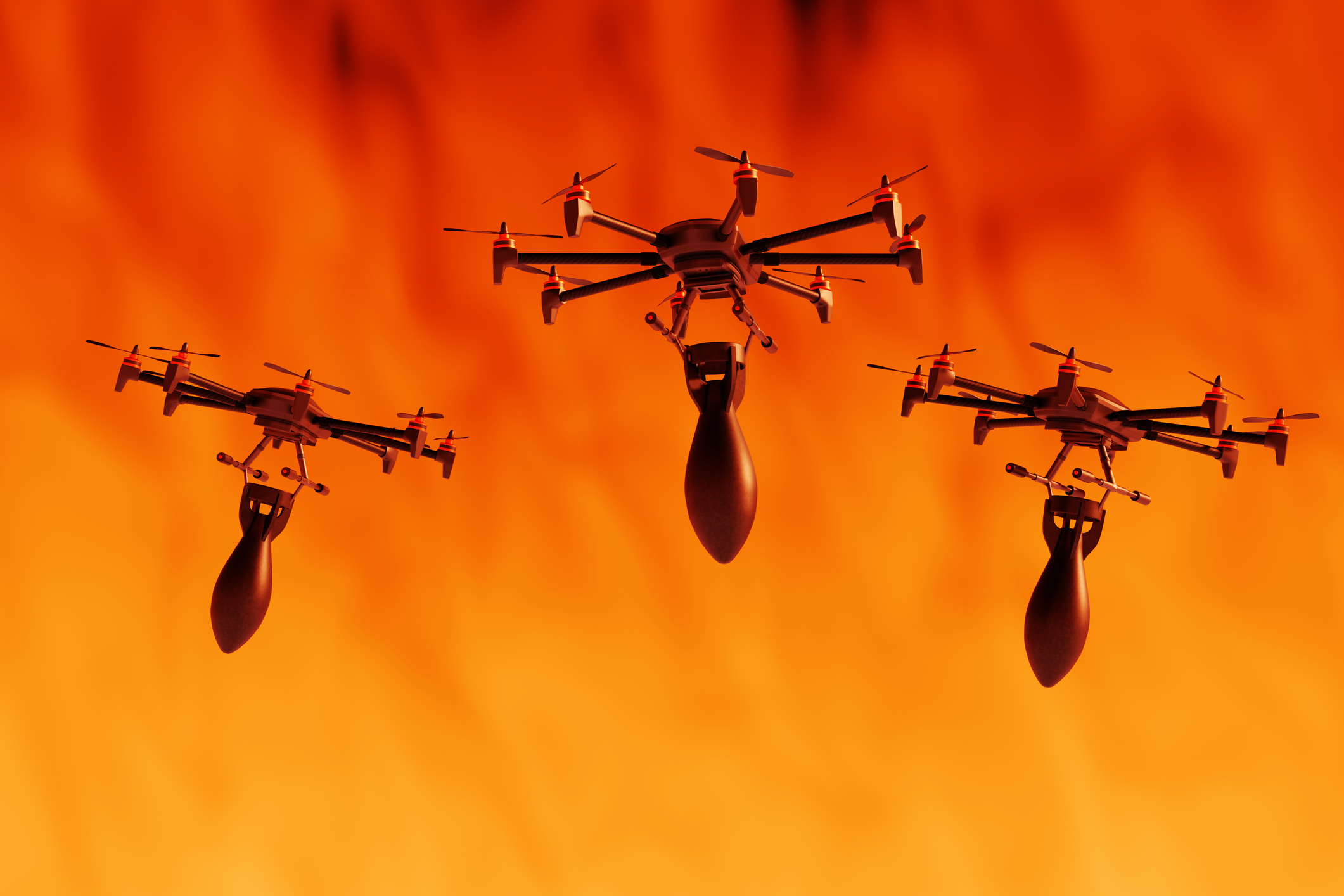



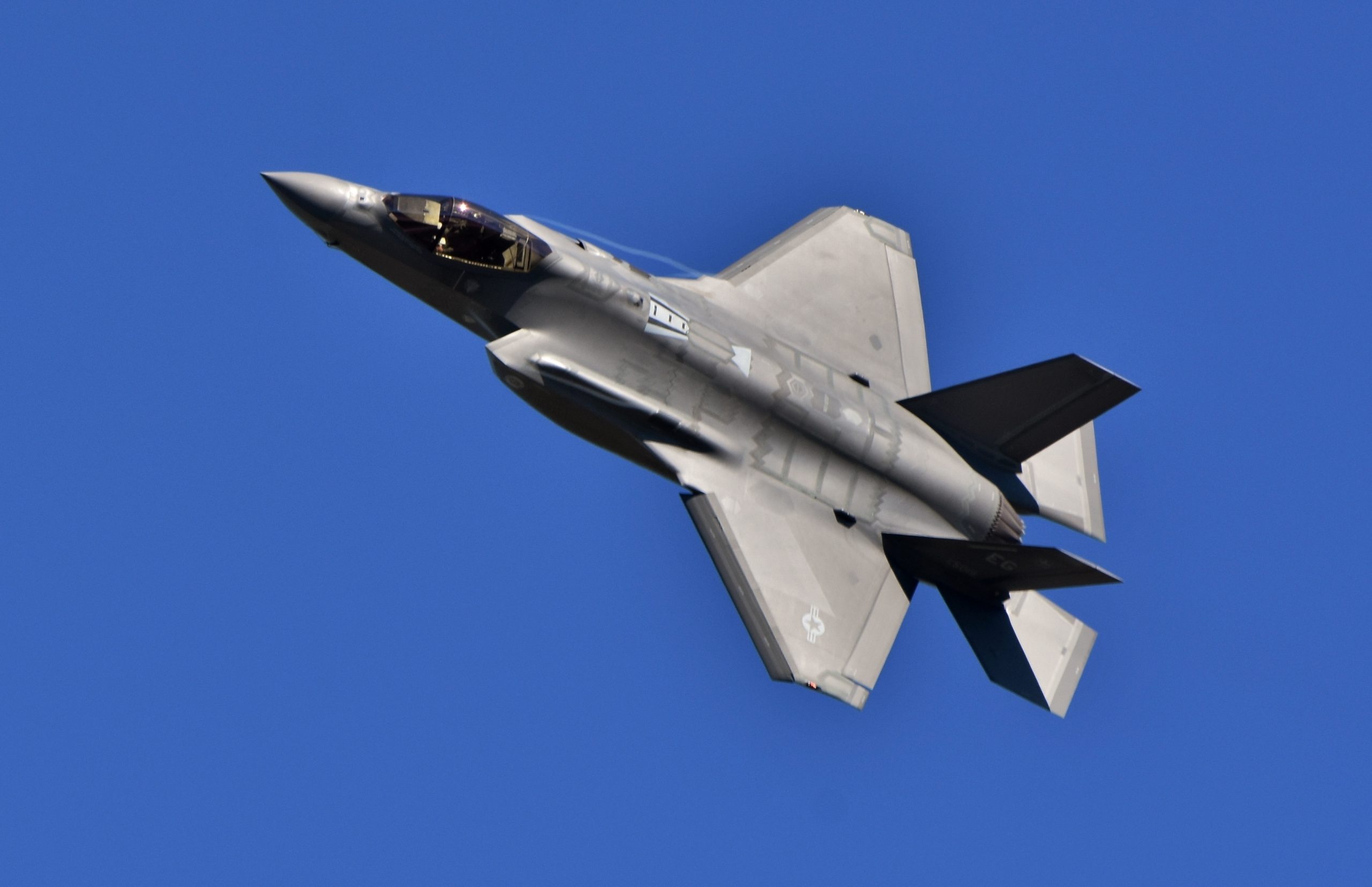

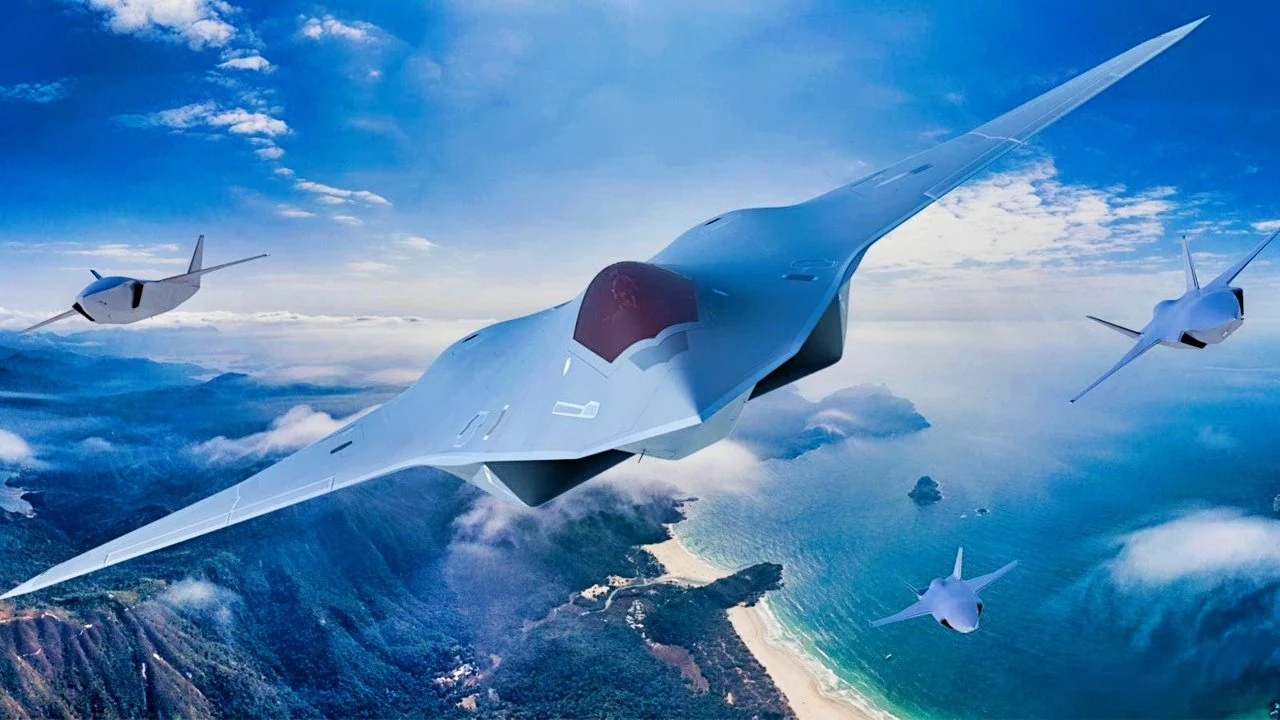
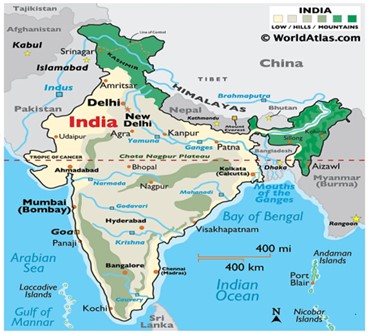

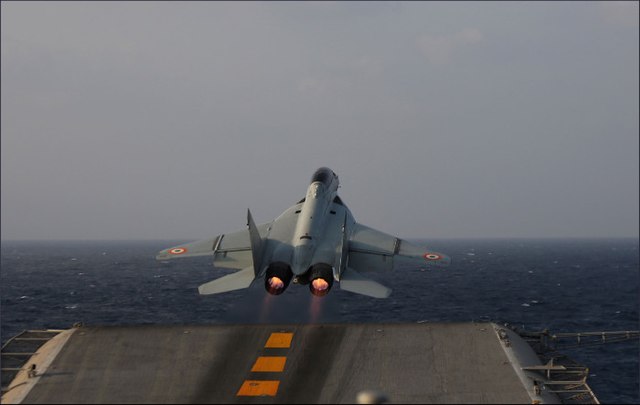






POST COMMENTS (0)